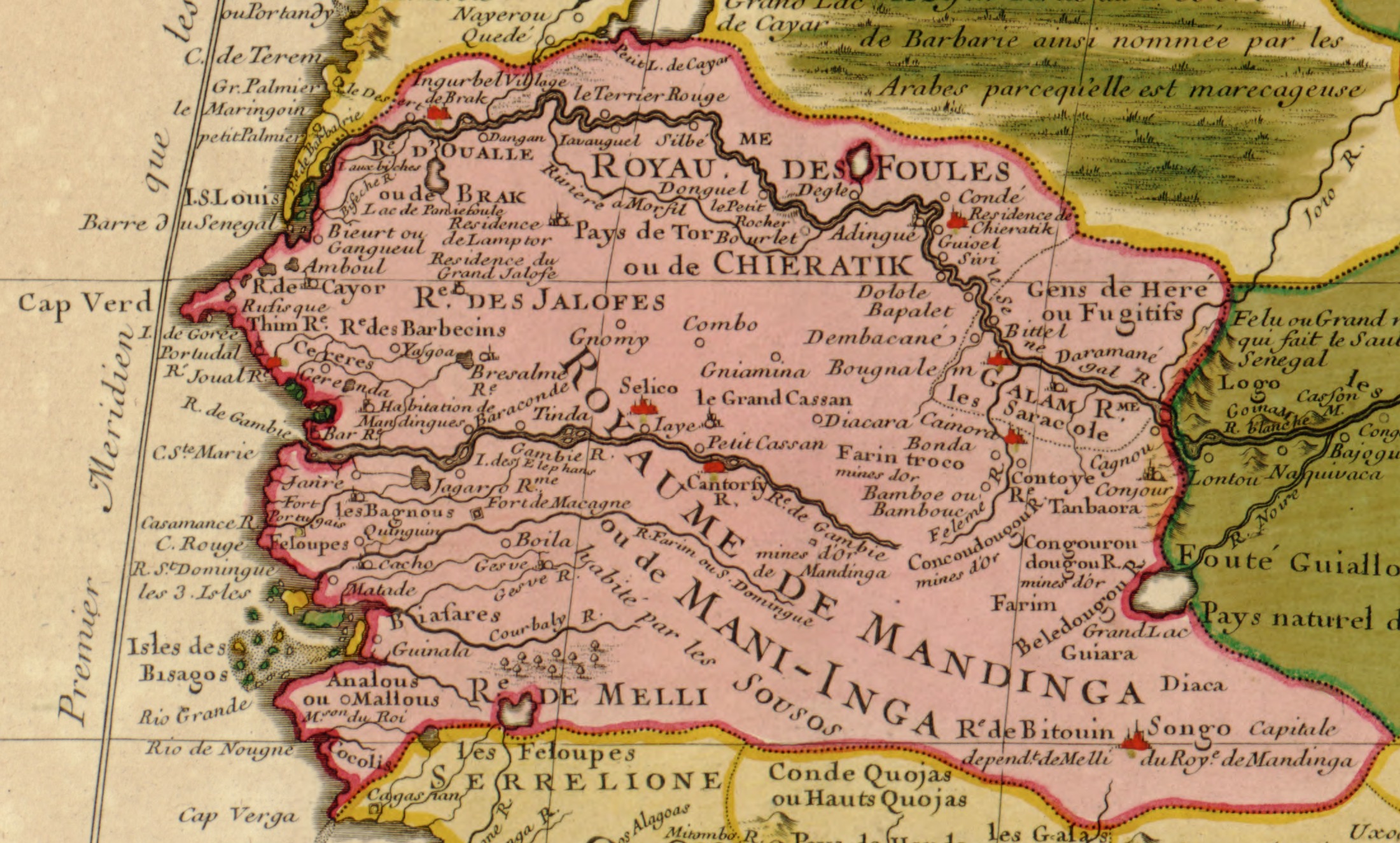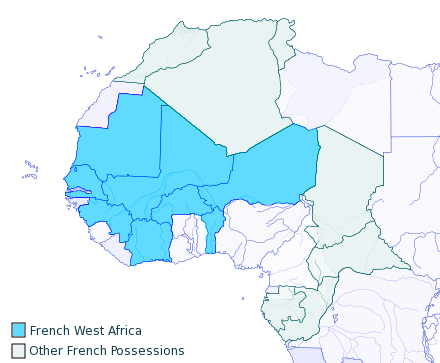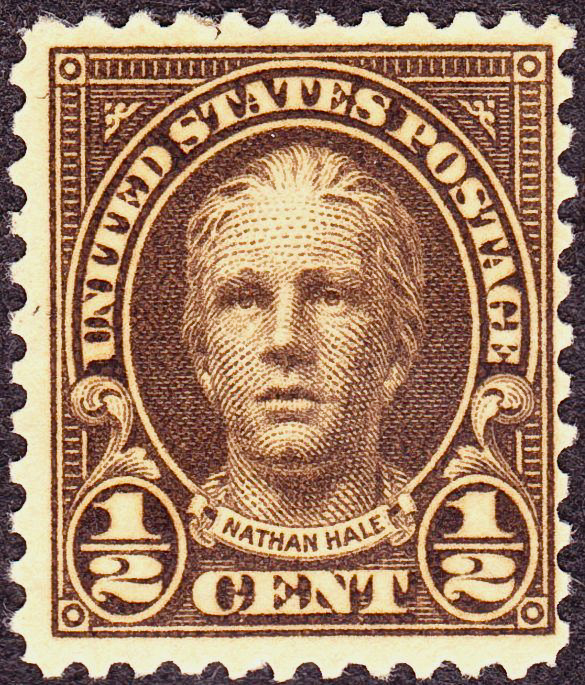|
Postage Stamps And Postal History Of French Sudan
French Sudan (Soudan Français) was established in the late nineteenth century and occupied roughly the same territory as modern Mali. Rossiter, Stuart & John Flower. ''The Stamp Atlas''. London: Macdonald, 1986, pp.317-319. First stamps From 1894 to 1902, the colony of French Sudan used the general issues of the French colonies ( Alphée Dubois and Group types) with the name of the colony. In 1903, the group-type stamps were marked "SENEGAMBIA AND NIGER", the new name of the colony. In 1906, new stamps were issued marked "Upper Senegal and Niger", a state which came into existence in 1904, with varied illustrations including colonial personalities: General Louis Faidherbe and Governor-General Noël Ballay in 1906 and a Tuareg horseman in 1914. All the above stamps of this colony with its successive names became uncommon for letters until 1920. In 1920, Upper Senegal and Niger became French Sudan and some of its regions became Upper Volta and Niger. The Tuareg horseman stamps ... [...More Info...] [...Related Items...] OR: [Wikipedia] [Google] [Baidu] |
Niger
) , official_languages = , languages_type = National languagesRépublique du Niger, "Loi n° 2001-037 du 31 décembre 2001 fixant les modalités de promotion et de développement des langues nationales." L'aménagement linguistique dans le monde (accessed 21 September 2016) , languages = , religion_ref = , religion_year = 2012 , religion = , demonym = Nigerien , capital = , coordinates ... [...More Info...] [...Related Items...] OR: [Wikipedia] [Google] [Baidu] |
Postage Stamps And Postal History Of Senegambia And Niger
Senegambia and Niger was a short-lived administrative unit of the French possessions in Africa, formed in 1902 and reorganized in 1904 into Upper Senegal and Niger. Rossiter, Stuart & John Flower. ''The Stamp Atlas''. London: Macdonald, 1986, pp.317-8. Despite its brief existence, the French government-issued postage stamps for the administrative unit, in the form of a version of its Navigation and Commerce series, inscribed "SENEGAMBIE / ET NIGER". The set consisted of 13 values, from 1 centime to 1 franc The franc is any of various units of currency. One franc is typically divided into 100 centimes. The name is said to derive from the Latin inscription ''francorum rex'' (King of the Franks) used on early French coins and until the 18th centu .... See also * Postage stamps and postal history of French Sudan * Postage stamps and postal history of The Gambia * Postage stamps and postal history of Upper Senegal and Niger References Philately by country French W ... [...More Info...] [...Related Items...] OR: [Wikipedia] [Google] [Baidu] |
Republic Of Mali
Mali (; ), officially the Republic of Mali,, , ff, 𞤈𞤫𞤲𞥆𞤣𞤢𞥄𞤲𞤣𞤭 𞤃𞤢𞥄𞤤𞤭, Renndaandi Maali, italics=no, ar, جمهورية مالي, Jumhūriyyāt Mālī is a landlocked country in West Africa. Mali is the eighth-largest country in Africa, with an area of over . The population of Mali is million. 67% of its population was estimated to be under the age of 25 in 2017. Its capital and largest city is Bamako. The sovereign state of Mali consists of eight regions and its borders on the north reach deep into the middle of the Sahara Desert. The country's southern part is in the Sudanian savanna, where the majority of inhabitants live, and both the Niger and Senegal rivers pass through. The country's economy centres on agriculture and mining. One of Mali's most prominent natural resources is gold, and the country is the third largest producer of gold on the African continent. It also exports salt. Present-day Mali was once part of th ... [...More Info...] [...Related Items...] OR: [Wikipedia] [Google] [Baidu] |
French Senegal
The history of Senegal is commonly divided into a number of periods, encompassing the prehistoric era, the precolonial period, colonialism, and the contemporary era. Paleolithic The earliest evidence of human life is found in the valley of the Falémé in the south-east. The presence of man in the Lower Paleolithic is attested by the discovery of stone tools characteristic of Acheulean such as hand axes reported by Théodore Monod at the tip of Fann in the peninsula of Cap-Vert in 1938, or cleavers found in the south-east. There were also found stones shaped by the Levallois technique, characteristic of the Middle Paleolithic. Mousterian Industry is represented mainly by scrapers found in the peninsula of Cap-Vert, as well in the low and middle valleys of the Senegal and the Falémé. Some pieces are explicitly linked to hunting, like those found in Tiémassass, near M'Bour, a controversial site that some claim belongs to the Upper Paleolithic, while other argue in favor of th ... [...More Info...] [...Related Items...] OR: [Wikipedia] [Google] [Baidu] |
Mali Federation
The Mali Federation ( ar, اتحاد مالي) was a federation in West Africa linking the French colonies of Senegal and the French Sudan, Sudanese Republic (or French Sudan) for two months in 1960. It was founded on 4 April 1959 as a territory with self-rule within the French Community and became independent after negotiations with France on 20 June 1960. Two months later, on 19 August 1960, the Sudanese Republic leaders in the Mali Federation mobilized the army, and Senegal leaders in the federation retaliated by mobilizing the gendarmerie (national police); this resulted in a tense stand-off, and led to the withdrawal from the federation by Senegal the next day. The Sudanese Republic officials resisted this dissolution, cut off diplomatic relations with Senegal, and defiantly changed the name of their country to Mali. For the brief existence of the Mali Federation, the premier was Modibo Keïta, who would later become the first President of Mali, and its government was based ... [...More Info...] [...Related Items...] OR: [Wikipedia] [Google] [Baidu] |
Commemorative Stamp
A commemorative stamp is a postage stamp, often issued on a significant date such as an anniversary, to honor or commemorate a place, event, person, or object. The ''subject'' of the commemorative stamp is usually spelled out in print, unlike definitive stamps which normally depict the subject along with the denomination and country name only. Many postal services issue several commemorative stamps each year, sometimes holding first day of issue ceremonies at locations connected with the subjects. Commemorative stamps can be used alongside ordinary stamps. Unlike definitive stamps that are often reprinted and sold over a prolonged period of time for general usage, commemorative stamps are usually printed in limited quantities and sold for a much shorter period of time, usually, until supplies run out. First commemoratives There are several candidates for the title of the first commemorative. A 17-cent stamp issued in 1860 by New Brunswick, showing the Prince of Wales in anti ... [...More Info...] [...Related Items...] OR: [Wikipedia] [Google] [Baidu] |
Definitive Series
A definitive stamp is a postage stamp that is part of the regular issue of a country's stamps, available for sale by the post office for an extended period of time and designed to serve the everyday postal needs of the country. The term is used in contrast to a "provisional stamp", one that is issued for a temporary period until regular stamps are available, or a "commemorative stamp", a stamp "issued to honor a person or mark a special event" available only for a limited time. Commonly, a definitive issue or series includes stamps in a range of denominations sufficient to cover current postal rates. An "issue" generally means a set that is put on sale all at the same time, while a "series" is spread out over several years, but the terms are not precise. Additional stamps in a series may be produced as needed by changes in postal rates; nevertheless some values may be permanently available, regardless of prevailing rates; examples include 1c or 1p and $1 or £1. Range The ran ... [...More Info...] [...Related Items...] OR: [Wikipedia] [Google] [Baidu] |
Félix Éboué
Adolphe Sylvestre Félix Éboué (; 26 December 1884 – 17 May 1944) was a French Guiana, French French colonial empires, colonial administrator and Free French Forces, Free French leader. He was the first black French man appointed to a high post in the French colonies, when appointed as Governor of Guadeloupe in 1936. As governor of French Chad, Chad (part of French Equatorial Africa) during most of World War II, he helped build support for Charles de Gaulle's Free French in 1940, leading to broad electoral support for the Gaullism, Gaullist faction after the war. He supported educated Africans and placed more in the colonial administration, as well as supporting preservation of African culture. He was the first black person to be buried in the Pantheon, Paris, Pantheon in Paris. Early life and education Born in Cayenne, French Guiana, the grandson of slaves, Éboué was the fourth son in a family of five brothers. His father, Yves Urbain Éboué, was a gold prospector, ... [...More Info...] [...Related Items...] OR: [Wikipedia] [Google] [Baidu] |
Overprint
An overprint is an additional layer of text or graphics added to the face of a postage or revenue stamp, postal stationery, banknote or ticket after it has been printed. Post offices most often use overprints for internal administrative purposes such as accounting but they are also employed in public mail. Well-recognized varieties include commemorative overprints which are produced for their public appeal and command significant interest in the field of philately. Surcharges The term "surcharge" in philately describes any type of overprint that alters the price of a stamp.Williams & Williams, p. 258. Surcharges raise or lower the face value of existing stamps when prices have changed too quickly to produce an appropriate new issue, or simply to use up surplus stocks. Any overprint which restates a stamp's face value in a new currency is also described as a surcharge. Some postal systems have resorted to surcharge overprints when converting to a new national monetary syst ... [...More Info...] [...Related Items...] OR: [Wikipedia] [Google] [Baidu] |
French Colonial Empires
The French colonial empire () comprised the overseas colonies, protectorates and mandate territories that came under French rule from the 16th century onward. A distinction is generally made between the "First French Colonial Empire", that existed until 1814, by which time most of it had been lost or sold, and the "Second French Colonial Empire", which began with the conquest of Algiers in 1830. At its apex between the two world wars, the second French colonial empire was the second-largest colonial empire in the world behind the British Empire. France began to establish colonies in North America, the Caribbean and India in the 17th century but lost most of its possessions following its defeat in the Seven Years' War. The North American possessions were lost to Britain and Spain but the latter returned Louisiana (New France) to France in 1800. The territory was then sold to the United States in 1803. France rebuilt a new empire mostly after 1850, concentrating chiefly in Africa ... [...More Info...] [...Related Items...] OR: [Wikipedia] [Google] [Baidu] |
Benin
Benin ( , ; french: Bénin , ff, Benen), officially the Republic of Benin (french: République du Bénin), and formerly Dahomey, is a country in West Africa. It is bordered by Togo to the west, Nigeria to the east, Burkina Faso to the north-west, and Niger to the north-east. The majority of its population lives on the southern coastline of the Bight of Benin, part of the Gulf of Guinea in the northernmost tropical portion of the Atlantic Ocean. The capital is Porto-Novo, and the seat of government is in Cotonou, the most populous city and economic capital. Benin covers an area of and its population in was estimated to be approximately million. It is a tropical nation, dependent on agriculture, and is an exporter of palm oil and cotton. Some employment and income arise from subsistence farming. The official language of Benin is French, with indigenous languages such as Fon, Bariba, Yoruba and Dendi also spoken. The largest religious group in Benin is Sunni Islam (27 ... [...More Info...] [...Related Items...] OR: [Wikipedia] [Google] [Baidu] |







